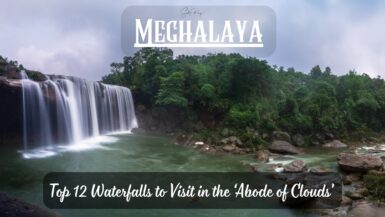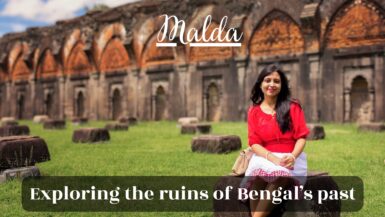The Keibul Lamjao National Park is one of the most astounding phenomena of Manipur. It is the world’s only floating national park and an important part of the Loktak Lake. This unique national park is also renowned as the only home of the endangered Sangai or Eld’s Deer.
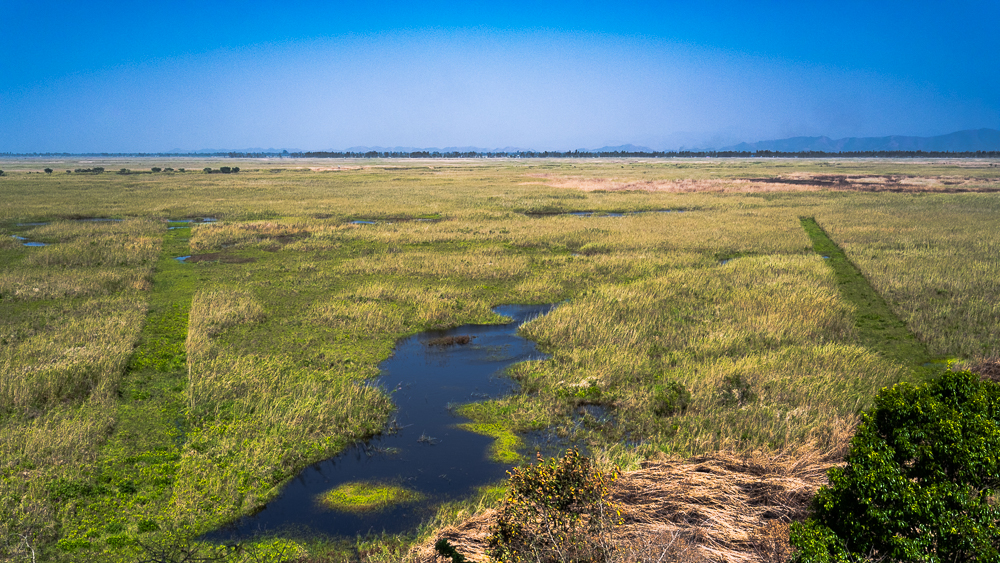
Table of Contents
About Keibul Lamjao:
As mentioned earlier, the Keibul Lamjao National Park is the only floating national park in the world. The word ‘Keibul’ roughly translates ‘tiger tied in a place’ (courtesy local lore of once a tiger trapped and tied in this very place) and ‘Lamjao’ means ‘floating’. It is situated in the south-eastern part of the Loktak Lake.
Where is Keibul Lamjao located:
The Keibul Lamjao National Park is located in Bishnupur district of Manipur. The nearest town is Moirang, which is just 6 kms away.

How to reach Keibul Lamjao:
- By air: The nearest airport is Bir Tikendrajit International Airport of Imphal. It is around 50 kms away from Keibul Lamjao.
- By train: There is no train connectivity in Manipur. The nearest railway station is Dimapur in Nagaland.
- By road: On reaching Imphal, Moirang can be reached by public bus or hired cab. From Moirang, tuk-tuks are available to reach the national park.

What makes Keibul Lamjao special and famous:
Two factors have made Keibul Lamjao National Park notable:
- Firstly, it is the world’s sole floating national park and truly one of its kind. The national park is a marshy wetland, covering barely an area of 40 sq. km. It is covered by floating mass of vegetation, which have been formed by the accumulation of organic garbage, decomposed plant materials and soil particles. Locally, this hardened biomass is called ‘phumdis’.
It has also been declared a Ramsar site owing to its unique ecosystem. It also plays an important role in the Loktak Lake ecology.
- Secondly, Keibul Lamjao is the sole residence of the dancing deers, Sangai. The Sangai is one of the rarest species of our planet. Sangai is even rarer than tigers.
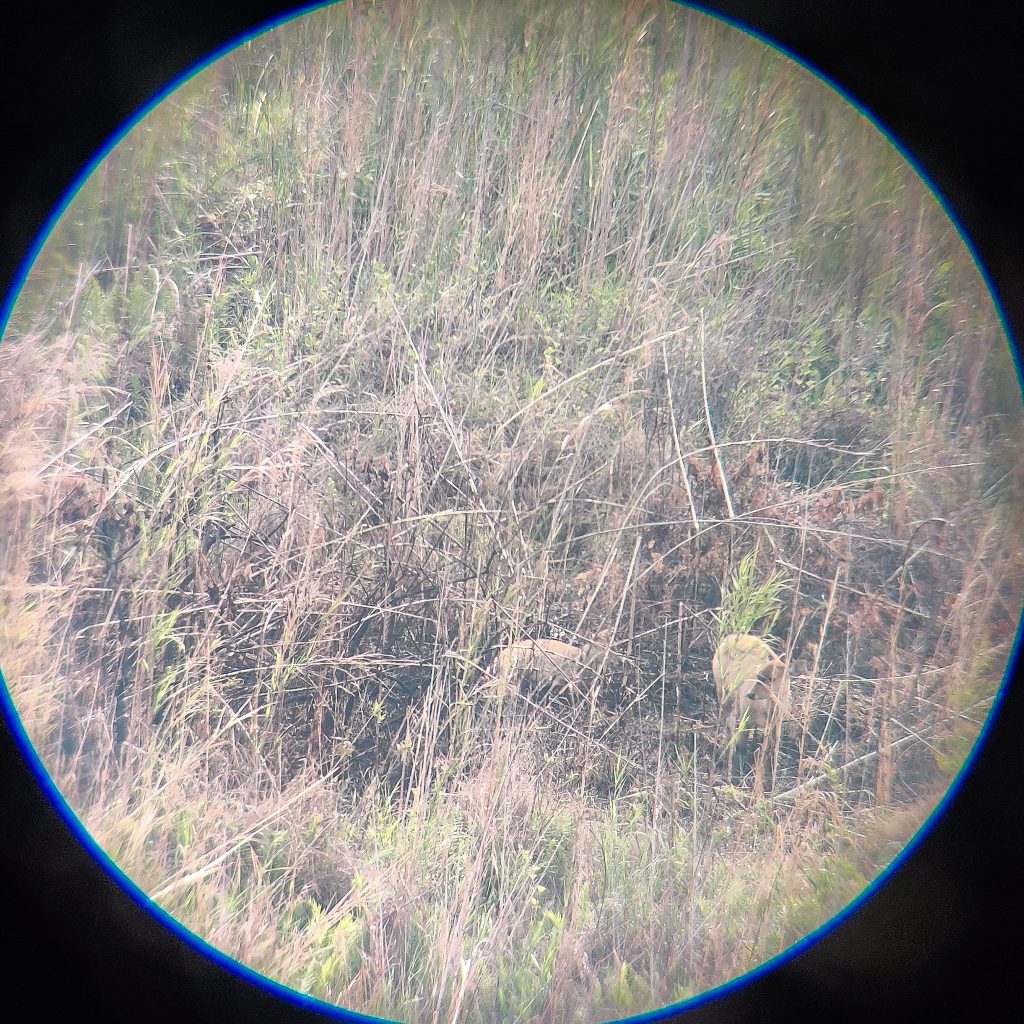
Tidbits about Sangai deer:
The Sangai is one of the most gravely endangered species on the earth. According to our guide, at present, only 215 Sangai deers are left in Keibul Lamjao. Evidently, Sangai is even more endangered than tigers.
The word ‘Sangai’ is derived from two words – ‘sa’ meaning animal and ‘ngai’ translating into waiting. It has been named so due to its strange behavior of occasionally stopping abruptly while running as if it is waiting for someone. Sangai is also known as Manipuri brow–antlered deer or Eld’s Deer. The Sangai’s gait on the phumdis is akin to dance. Hence, it is also called the dancing deer.
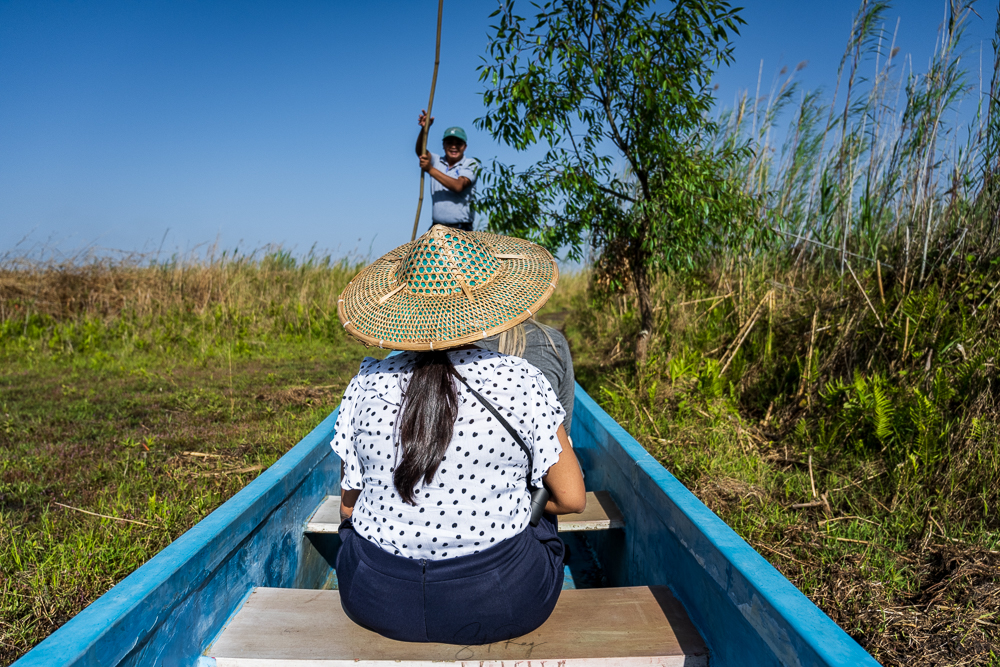
The Sangai deer occupies a significant place in the socio-cultural fabric of Manipur. It is the state animal of Manipur. According to Manipuri legend, the Sangai represents the binding soul between nature and humans. Hence, the Sangai occupies a place of veneration among the Manipuris.
Manipur is working hard and diligently to conserve the Sangai deer. In fact, the conservation work is reaping fruits. Consequently, the population of Sangai has increased from 0 in the 1950s to 215 in 2020.

Flora and fauna of Keibul Lamjao:
The Keibul Lamjao National Park has a distinctive ecosystem, encompassing aquatic, wetland, and terrestrial ecosystems. It has semi-evergreen vegetation. The plants found here are Elephant grass, Munja grass, Bermuda grass, Reed grass, Greater Galangal, common water hyacinth, Indian lotus, wild rice (a favorite food of the Sangai) etc.
The signature species of Keibul Lamjao is the Sangai. Additionally, This park is the habitat of various other animals. Such animals are Hog deer, wild boar, Indian Civet, Sambar, Asian Golden Cat, common Otter, flying fox, tortoise, etc. The park has also a diverse population of snakes such as Viper, Krait, Banded Krait, Russel’s Viper, Cobra, Water Cobra, Python, and others.

Keibul Lamjao is also a hot spot for birding. The birds spotted here are like East Himalayan pied kingfisher, blue-winged teal, Burmese pied myna, Indian white-breasted water-hen, ruddy shell duck, black kite, yellow-headed wagtail, sarus crane, and so on.
What is the best time to visit Keibul Lamjao:
The best time to visit the park is from October to April. However, fog in the morning is a common phenomenon during the winter months here. Fog results in poor visibility and hence it will be difficult to spot the elusive Sangai deer.

Hence, if you want to get the better of Keibul Lamjao, plan your visit in the months of October, March, and April.
What are the timing and entry fees:
The official timing of the park is 9 AM to 6 PM. However, the gate opens at 6 in the morning. The best chance of spotting the Sangai deer is in the early morning. Thus, the forest guides advise visiting as early as 6 AM.
There are nominal entry fees for entering the national park. The entry fees are INR 30 and INR 200 for adult Indian and foreign tourists respectively. Tickets are also mandatory for children (it’s INR 15 for domestic visitors and INR 100 for foreigners). Check out the details of various entry fees in the photo shared below.
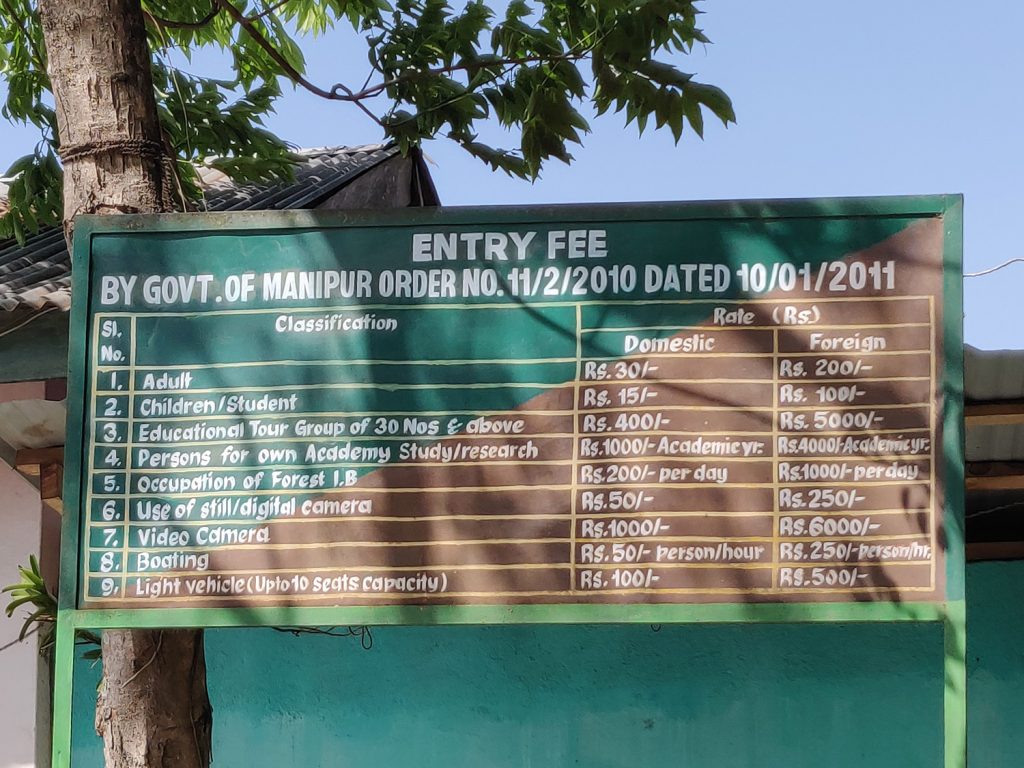
What are the things to do and see in Keibul Lamjao:
The Keibul Lamjao National Park is not as extensive as the popular national parks of India. It is merely 40 sq. km in area. Moreover, the park is not entirely accessible to visitors. Unlike most of the other national parks, there are no jeep or elephant safaris inside Keibul Lamjao. Likewise, no guided walking trails exist inside this park.

In spite of all these, Keibul Lamjao is worth visiting as nowhere on earth can you find a floating national park with such a distinctive ecology.
A visit to the viewpoint at the top to spot Sangai deer is the most important thing to do here. This viewpoint indeed provides a magnificent view pf Kebul Lamjao. It provides a bird-eye view of the entire park. Also, the elevated location helps to spot Sangai easily.

The guides, armed with powerful binoculars, are always helping to spot Sangai deer.
We visited at around 7 in the morning. Our guide for the day was Ratan, an enthusiastic young man with profound knowledge about Keibul Lamjao and its biodiversity. We managed to spot 6 Sangai, including a mother and a fawn. The Sangai were grazing distantly and well camouflaged by the tall grasses. However, sadly, our camera lenses were not enough to capture the Sangai. Nevertheless, we counted our blessings for being able to spot the evasive Sangai.

- The viewpoint is also perfect for spotting birds and other animals that inhibit the national park.
- Boat rides are available here. They are a great option to explore the national park. The wooden boats take visitors closer to the phumdis. However, chances of encountering Sangai is nil during boat rides, as the deers avoid humans like plague.
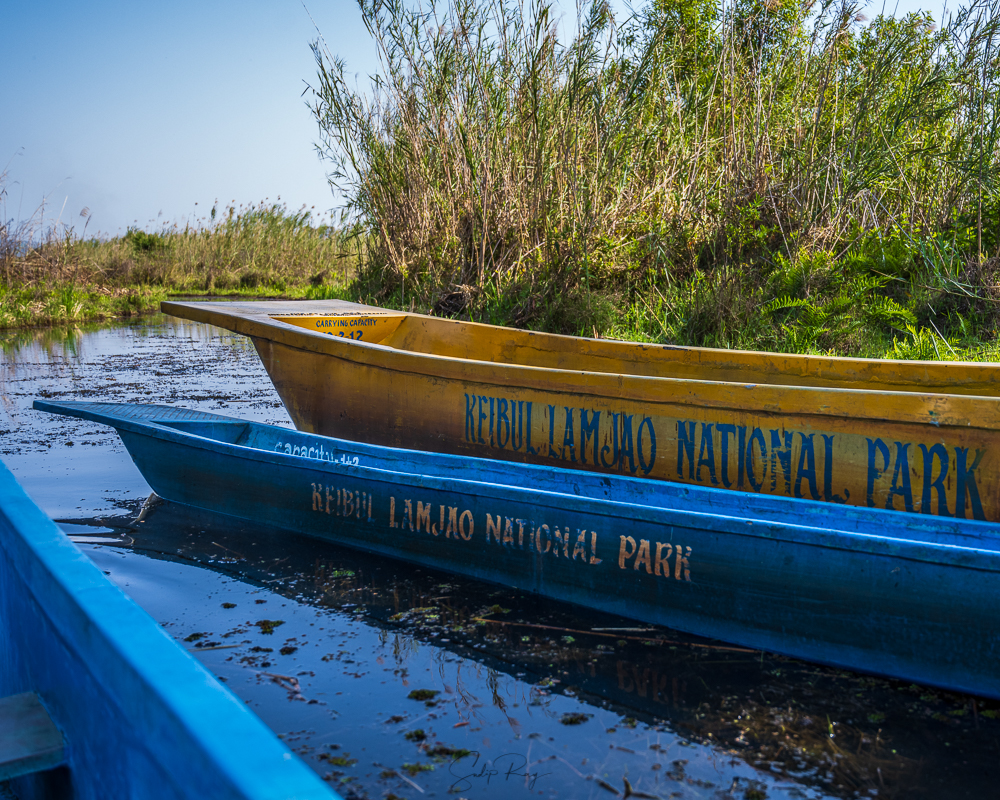
Things to remember:
- Visiting the park in the early morning is a must. The perfect time for spotting Sangai is between 6 to 8 in the morning as they come out in herds for grazing.
- The park remains closed on Monday.
- Keeping noise levels to minimum is mandatory here. Noise hampers chances of spotting wildlife.
- The park and the area around the lake is muddy and boggy. Wear a good pair of waterproof shoes.
- There are no food stalls inside the park. Also, no toilet facilities either.
- There are no lodging facilities. However, the forest department has made arrangement for two rest houses within the park premise.
- Strictly refrain from littering. The ecosystem of Keibul Lamjao is already at risk owing to several human factors.
- The Manipur government organizes Sangai Festival every year from 21st to 30th November. Along with promoting the rich culture of Manipur, this festival also aims at creating awareness regarding the conservation of Sangai, the flagship animal of Manipur.
- Inner Line Permit is mandatory to visit Manipur. For more information, visit here.

